-
-
-
-
- Forum Labo 2025
- Advanced Therapies Week (ATW) 2025
- SLAS Europe 2025
- Bioprocessing Summit Europe 2025
- Medlab Middle East 2025
- SLAS International 2025
- Biologics World Nordics 2025
- ASIA LABEX: The Lab Show 2025
- BioProcess International Europe 2025
- ISEV 2025
- Future Labs Live 2025
- DataHow Symposium 2025
- Cell 2025
-
-
-
-
- Forum Labo 2025
- Advanced Therapies Week (ATW) 2025
- SLAS Europe 2025
- Bioprocessing Summit Europe 2025
- Medlab Middle East 2025
- SLAS International 2025
- Biologics World Nordics 2025
- ASIA LABEX: The Lab Show 2025
- BioProcess International Europe 2025
- ISEV 2025
- Future Labs Live 2025
- DataHow Symposium 2025
- Cell 2025
-
- Benchtop Centrifuges
- Floor-Standing Centrifuges
- Refrigerated Centrifuges
- Microcentrifuges
- Multipurpose Centrifuges
- High-Speed Centrifuges
- Ultracentrifuges
- Concentrator
- IVD Products
- High-Speed and Ultracentrifuge Consumables
- Centrifuge Tubes
- Centrifuge Plates
- Device Management Software
- Sample and Information Management
Mixing and Heating Ergonomics - Eppendorf PhysioCare Concept®
Read more
Read less
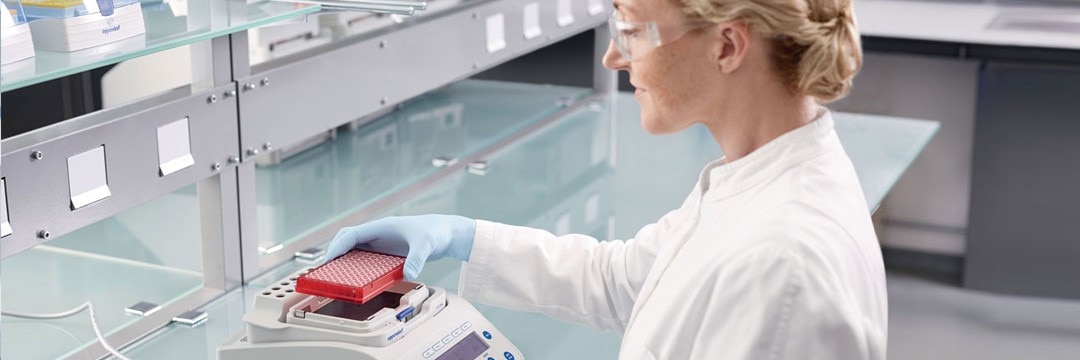
Read more
Read less
Read more
Read less
Read more
Read less
Where’s the screw driver?
Many mixers offer exchangeable blocks to accommodate different vessel formats. But quite often, the fixation process is done by screw driver. This process takes time, especially when the tool has to be tracked down somewhere in the lab because it’s not stored near the instrument.
The tool-free QuickRelease system makes the block exchange very fast and easy. Just press the lever on the front of the block and the block can be removed – no tools are needed, done in a matter of seconds.
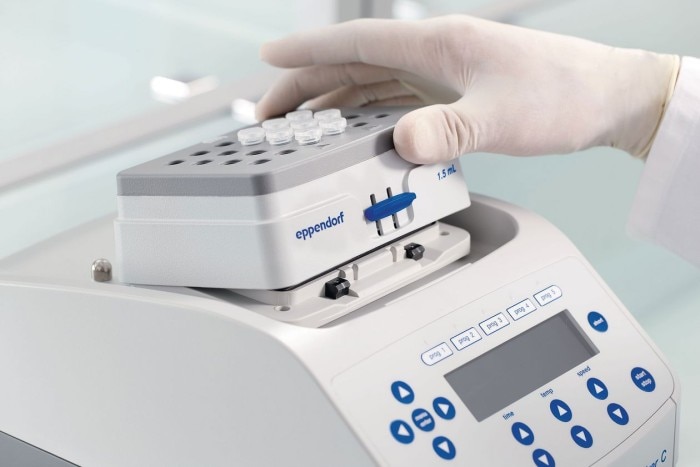
Whew, that was hot!
Remember the last time when you touched a metal thermoblock with a temperature of 100°C?
Modern thermoblocks have insulated side walls so you don’t burn your finger.
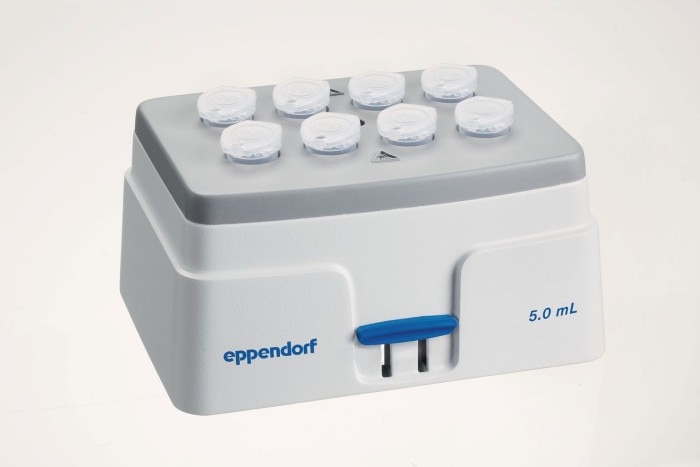
Who knows how to…?
Standard labs use a broad range of different instruments. Every instrument has a different kind of interface. Interaction needs to be learned.
Standardized user interfaces make handling of different devices as easy as possible. You know one, you know all.
Equipment touchscreens should provide an intuitive arrangement of all information.
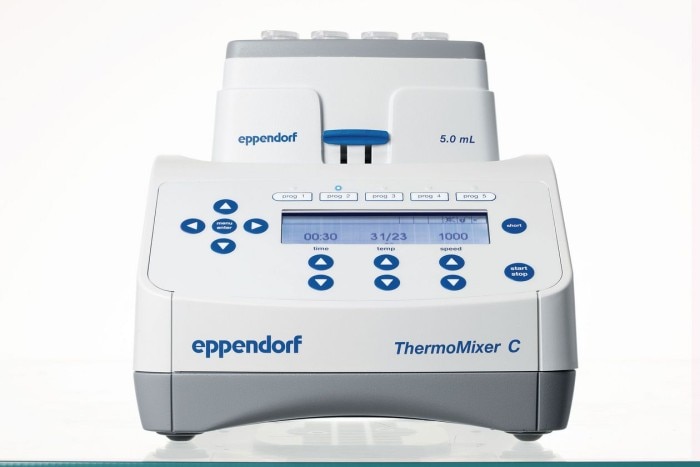
Ripping your gloves on exposed screws?
Compact lab devices like mixers have to be periodically moved from one bench to another. When a mixer has very sharp protruding screws on the bottom, lifting it could result in a ripped glove or even an injured finger.
These instruments should have baseplates that cover all underside screws and be safe and comfortable to transport.
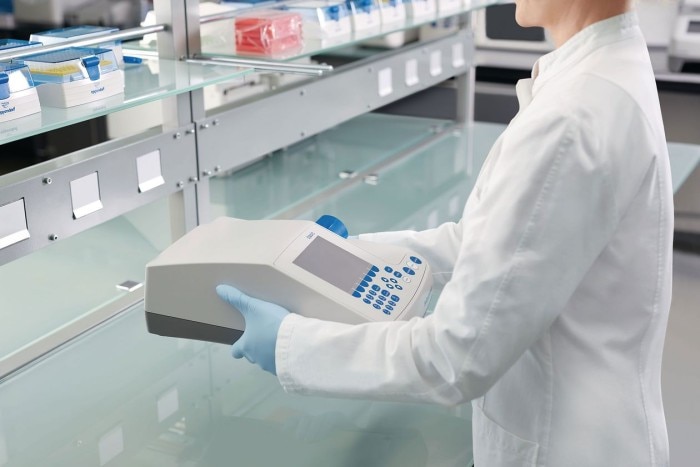
A second temperature needed for your enzymatic reaction?
Quite a few enzymatic reaction are based on two or three temperature incubation steps in a row. If you are lucky, you do have two heating stations or thermoblocks in your lab. But that means quite some investment and needs the double space on the bench.
An accessory as a SmartExtender functions like a backpack, you install it at the thermoblock in a second when it is needed. The sample transfer is very fast, resulting in time savings and saving sample integrity. The direct transfer is convenient for your wrists as the movements are limited to a few centimeters.
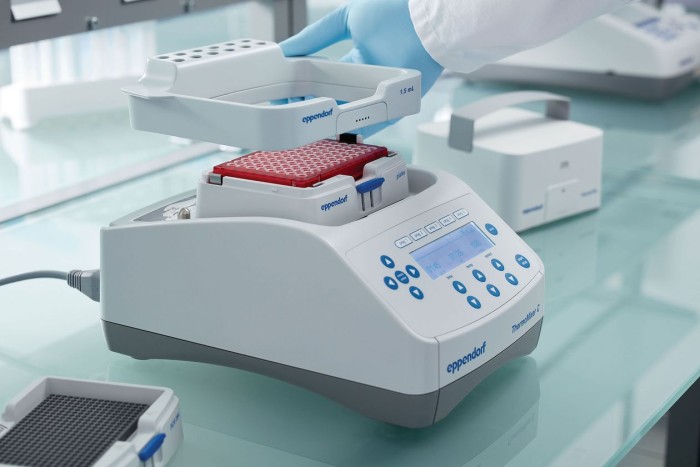
Read more
Read less
Read more
Read less
